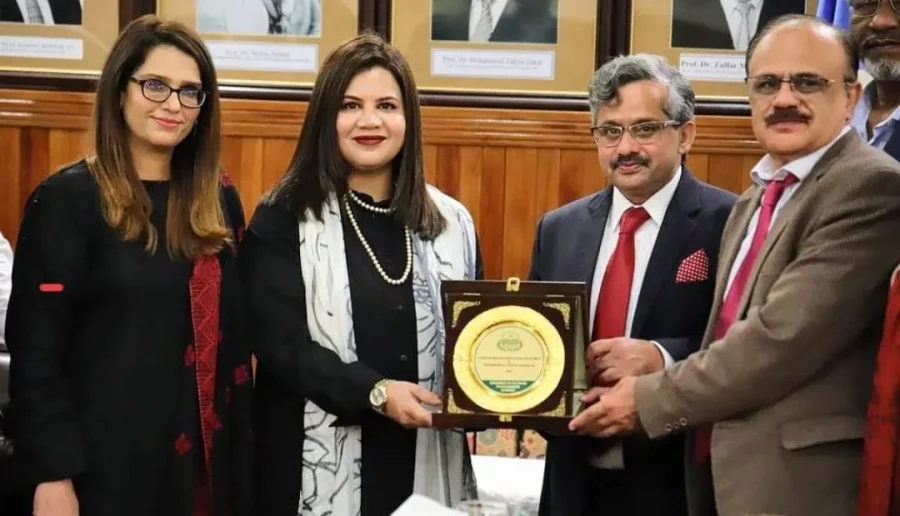To be or not to be, that is the question.” These timeless words, spoken by Hamlet in William Shakespeare’s iconic play, encapsulate a profound contemplation on the nature of existence and the complexities of decision-making. In the realm of literature, these words have resonated through the centuries, but beyond the stage, they find relevance in the corridors of our own lives, echoing the perpetual choices we face.As we navigate the complexities of contemporary existence, one such overarching question stands prominently before us: to be architects of change, or to be passive spectators in the face of pressing issues? The question, reframed in this context, becomes: to be active participants in family planning and reproductive health initiatives, or to remain passive recipients of demographic shifts? Understanding Social Behavior Change Communication:
The resonance of Shakespeare’s words with our modern deliberations is unmistakable. The choices we make regarding family planning not only reverberate through our personal lives but reverberate on the grand stage of societal development.As we embark on this exploration, let us delve into the depths of family planning, examining the intricacies of its impact on human capital, societal well-being, and the sustainable development of nations. The choice, as Hamlet poetically contemplates, lies before us – to be architects of our familial and societal destinies or to resign ourselves to the currents of demographic fate.
Key Components of SBCC in Family Planning:
The promotion of family planning requires innovative communication strategies that are culturally sensitive, accessible, and tailored to the diverse needs of the population. Some innovative communication strategies that could be implemented in the public sector on family planning include developing a user-friendly mobile application that provides information on various family planning methods, nearby health facilities, and personalized reproductive health tracking. Implementing interactive chatbots on government websites and social media platforms could also provide instant responses to family planning queries. Creating podcasts and webinars featuring healthcare professionals, religious leaders, and influencers discussing the importance of family planning can also address cultural and religious concerns in an open and informed manner. Other innovative communication strategies include developing short and impactful public service announcements (PSAs) in regional languages, community-based social media campaigns, street theater and art installations, partnership with religious leaders, and youth-centric social media challenges, among others. By embracing these innovative communication strategies, the public sector in Pakistan can effectively reach diverse audiences, overcome cultural barriers, and promote informed decision-making regarding family planning. In addition to communication strategies, promoting family planning and welfare development as part of a broader strategy for inclusive and sustainable economic growth, requires a multifaceted approach.
Interactive workshops in educational institutions to provide comprehensive information on reproductive health and family planning, and collaboration with employers to integrate family planning information into workplace wellness programs, could also be implemented. QR Code campaigns on contraceptive packaging, community health ambassadors, and other innovative communication strategies could also be implemented. By embracing these innovative communication strategies and customizing them to the unique needs and preferences of the population could effectively reach diverse audiences, overcome cultural barriers, and promote informed decision-making regarding family planning.
Benefits of SBCC in Family Planning:
Promoting family planning and welfare development as part of a broader strategy for inclusive and sustainable economic growth, requires a multifaceted approach. Policy innovation strategies specifically tailored to address family planning and welfare development in the context of economic growth could include integrating family planning services into existing healthcare infrastructure to ensure accessibility. This includes establishing family planning clinics within health facilities and promoting comprehensive reproductive health services. Implementing mobile health (mHealth) initiatives to reach remote areas and provide information on family planning could also be beneficial. Developing community-based awareness programs that educate individuals and communities about the benefits of family planning could also be implemented. Utilizing local influencers, community leaders, and religious scholars to disseminate information and address cultural sensitivities surrounding family planning can be effective. Foster public-private partnerships to enhance the delivery of family planning services, and encourage private healthcare providers to collaborate with government initiatives, ensuring a wider reach and diverse service options for individuals. Introduce incentives for healthcare providers, including doctors, nurses, and community health workers, to actively promote and provide family planning services. This can include financial incentives, recognition programs, and professional development opportunities. Other policy innovation strategies include designing and implementing family planning initiatives specifically targeting the youth, developing educational programs in schools and colleges, providing information on reproductive health and family planning, and using innovative communication channels, such as social media and peer education, to engage the younger population. Encouraging employers to incorporate family planning support into workplace wellness programs, strengthening maternal and child health initiatives to improve overall family well-being, and exploring innovative financing models to fund family planning initiatives could also be implemented. Leveraging telemedicine to provide remote access to reproductive health consultations and family planning services, developing and implementing programs that encourage male involvement in family planning decisions, and integrating family planning into crisis response and resilience initiatives are other policy innovation strategies that could be implemented. Implementing robust data collection and analysis systems to monitor the effectiveness of family planning programs, providing cultural competency training for healthcare providers to ensure respectful and understanding interactions with diverse communities, advocating for legal reforms that promote gender equality and women’s rights, and collaborating with civil society organizations to amplify the reach of family planning programs are other critical policy innovation strategies that could be implemented.
Conclusion:
By addressing the unique cultural, social, and economic factors in the region, these policy innovation strategies aim to create an environment where individuals and families can make informed choices about their reproductive health while contributing to the overall well-being of the community.










